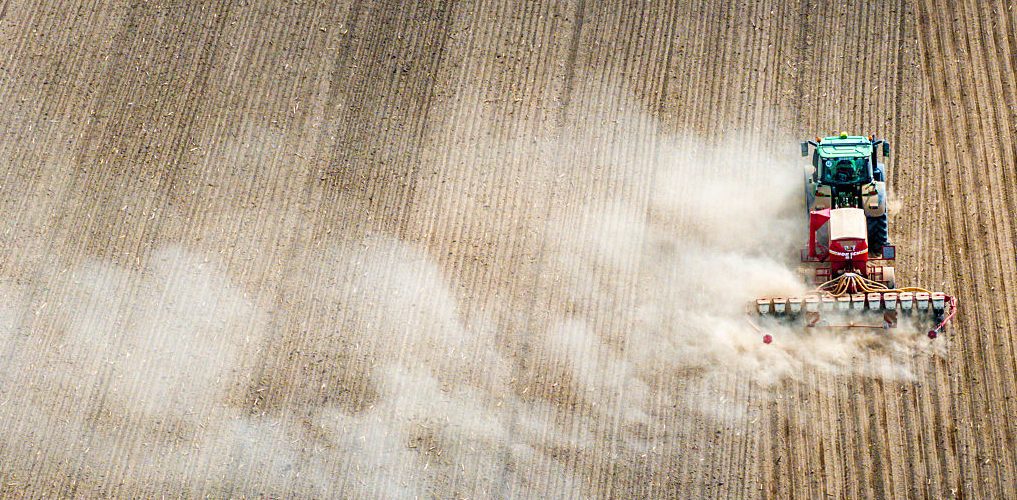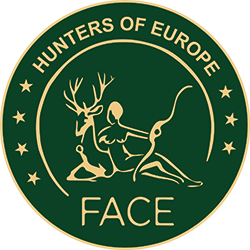
07 Oct 2025 Revising Europe’s Farm Policy: What to Expect?
The future of hunting in Europe is tied to the development of the Common Agricultural Policy (CAP), which plays a vital role in shaping farmland biodiversity—essential for species such as hares and grey partridges. While some small game populations are declining, many populations of large game are rising.
The European Commission’s proposal for the CAP post-2027 introduces a new delivery model, where Member States will define their agricultural interventions in their National and Regional Partnership Plans. These plans will outline interventions funded by the EU budget across various sectors, including not only agriculture but also cohesion, fisheries, and migration, among others. Importantly, Member States should consider CAP Recommendations issued by the Commission when preparing these plans.
Under the proposed CAP, €295.7 billion will be allocated to agricultural interventions, including environmental and climate actions. However, since no specific budget is reserved for these actions, concerns have been raised about the actual level of commitment to these objectives.
The new “farm stewardship” model will replace conditionality by introducing basic environmental and social standards for farmers receiving income support. Member States will have the flexibility to design protective practices suited to their local conditions. However, one major omission is the requirement to dedicate 4% of arable land to biodiversity features—known as GAEC 8 under the CAP post-2020—which is especially important for small game species. This was somewhat expected, as the recent CAP review removed the obligation to dedicate a share of arable land to non-productive areas and features under the current CAP rules. Agri-environmental and climate actions will be merged into a single framework, making it easier for farmers to access support.
FACE will keep monitoring the development of the proposal, hoping that biodiversity stays a key priority in the final CAP structure.

